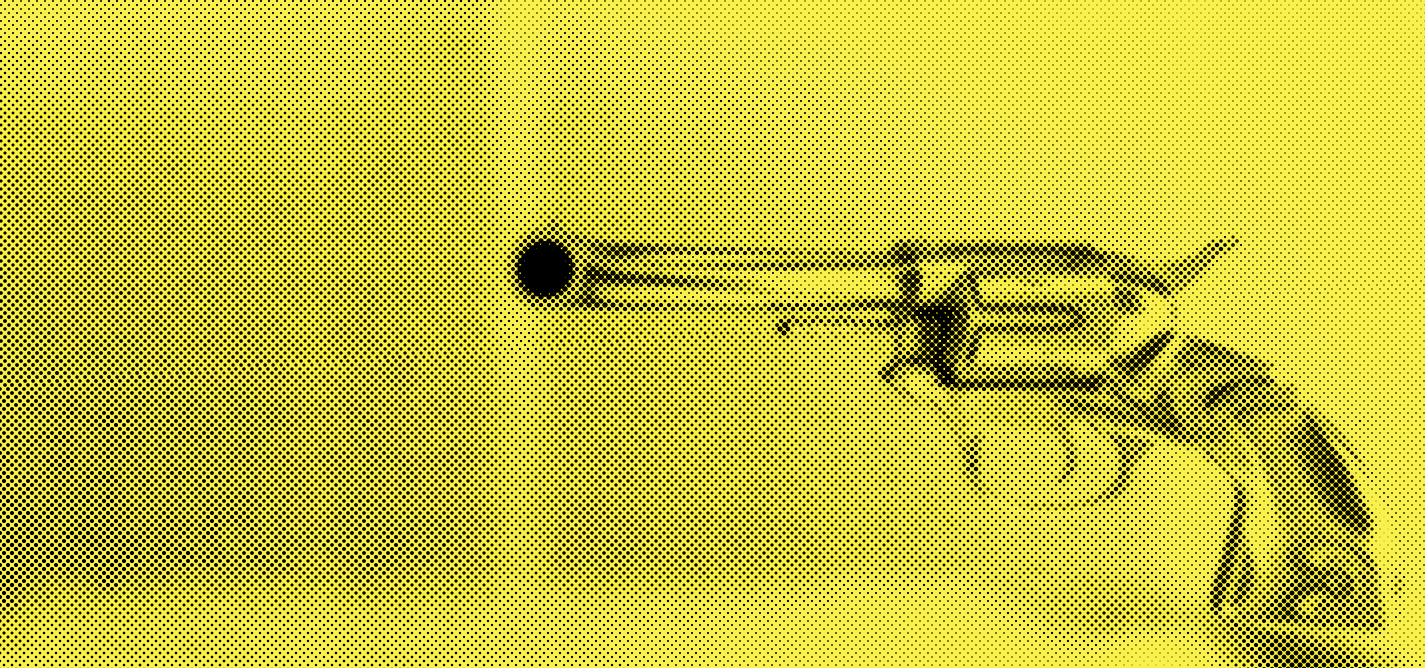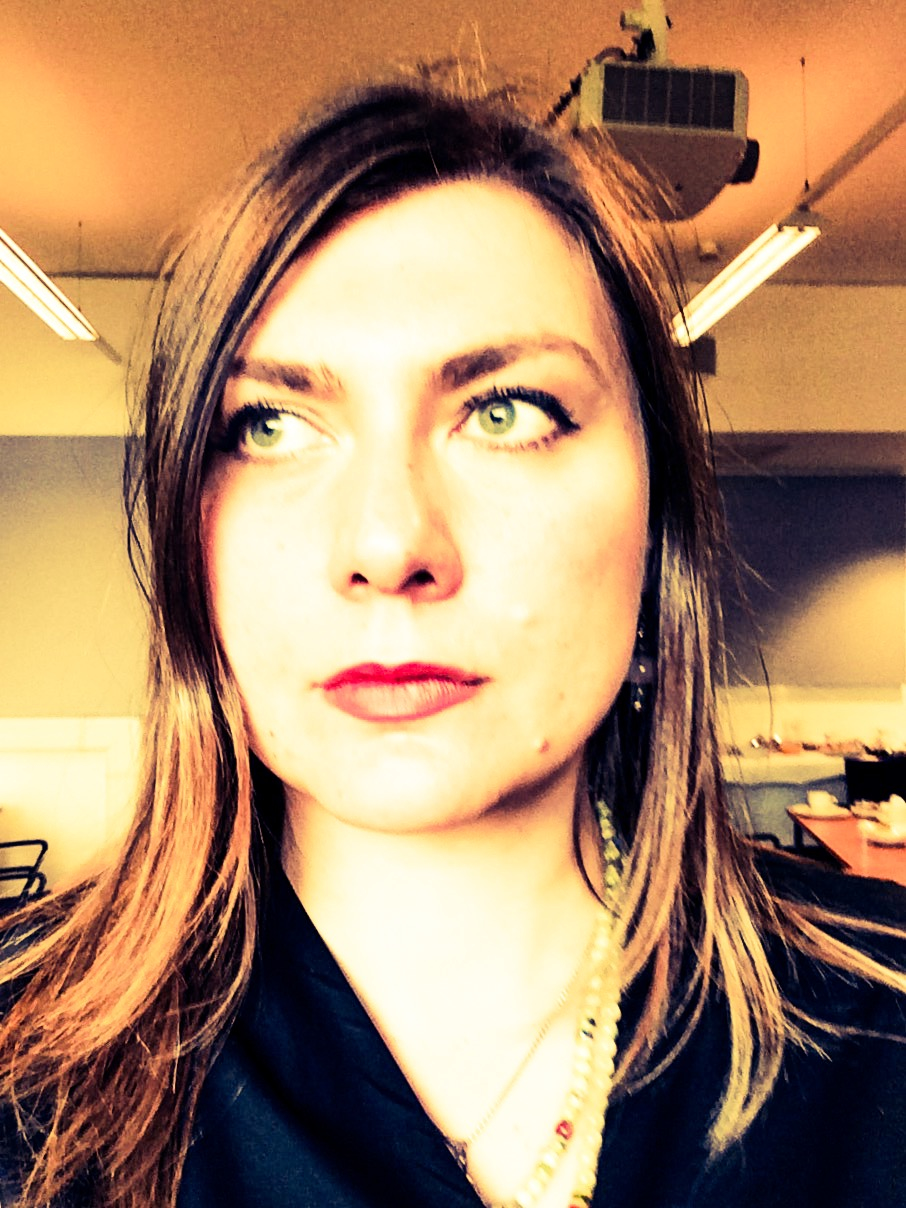
We need to talk about violence
Reaction to recent youth killing ignores a deeply violent society.
|2017.09.26
|
Often a violent society is steeped in criminal social structures that are deeply embedded within the social fabric, and Kosovo is not different.
The reason we proclaim such shock and awe is due to the magnitude of the trauma that we now face.
Perhaps soon the everyday violence that appears to have become engrained in day to day life without a second thought will not be normalized — it will be called out.

Dafina Paca
Dr. Dafina Paca is an associate lecturer and post-doctoral researcher at Cardiff University’s School of Journalism, Media and Cultural Studies.
DISCLAIMERThe views of the writer do not necessarily reflect the views of Kosovo 2.0.
This story was originally written in English.